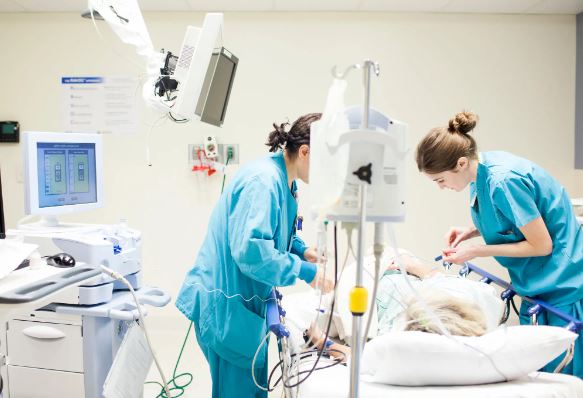The United States spends $43 billion annually on screening to prevent five types of cancer, according to a comprehensive estimate published on Monday in The Annals of Internal Medicine. This expenditure represents a significant portion of the annual cancer-related costs in the U.S., which likely exceed $250 billion. The analysis focuses on breast, cervical, colorectal, lung, and prostate cancers, revealing that more than 88 percent of screening costs are covered by private insurance, with the remainder funded primarily by government programs.
Dr. Michael Halpern, the lead author of the study and a medical officer in the National Cancer Institute’s health care delivery research program, expressed surprise at the high cost of screening, noting that the estimate is likely conservative due to the analysis’s limitations.
Karen E. Knudsen, CEO of the American Cancer Society, emphasized the value of cancer screening for early detection and improved survival rates. “We are talking about people’s lives,” she said, highlighting the importance of screening despite its costs. Dr. Knudsen argued that the expense is minimal compared to the costs associated with late-stage cancer diagnoses.
However, some researchers argue that the high cost of screening does not correspond to a significant impact on cancer survival rates. Colonoscopies, which account for 55 percent of the total screening costs, are particularly scrutinized. Dr. David Lieberman, a colon cancer screening specialist, defended the procedure, stating that colonoscopies can both detect and prevent cancer by allowing surgeons to remove precancerous growths.
Critics, such as Dr. Adewole Adamson of the University of Texas at Austin, question the overall value of cancer screening. He pointed out that studies have repeatedly shown a weak link between early detection and improved survival rates. “If it was actually doing something I could say, ‘Yes, it is justified,’” Dr. Adamson said, but he noted that screening often does not significantly lower cancer death rates.
Supporters of screening point to recommendations from the U.S. Preventive Services Task Force, which advises on preventive health measures and influences health insurance coverage. The task force recommends screening for four of the five cancers in the study to reduce death rates, with the strongest evidence supporting screening for cervical and colorectal cancers. The task force is currently updating its analysis for prostate cancer screening.
Advocates for cancer screening, like Dr. Knudsen, acknowledge that the practice could be more efficiently implemented. She stressed that while many people undergo unnecessary screening, numerous others who could benefit are not screened regularly. Dr. Knudsen maintains that the value of screening is “settled science.”
Despite declining cancer death rates over the past few decades, experts debate the role of screening in this trend. Dr. H. Gilbert Welch, a senior researcher at Brigham and Women’s Hospital, cautioned against attributing the decline solely to screening. He noted that the death rate from colon cancer has been steadily decreasing for 40 years, falling nearly 50 percent from the 1980s to today. However, increased screening did not accelerate this decline, suggesting other factors at play, such as improved treatments and lifestyle changes.
Dr. Welch pointed out that the benefits of screening are often so small that large clinical trials are needed to detect them. Typically, about one person out of 1,000 screened over ten years will avoid death from the specific cancer being screened for. He emphasized that improved treatment and other factors likely contribute more to the decline in cancer death rates than screening alone.
Dr. Daniel Morgan, director of the Center for Innovation in Diagnosis at the University of Maryland, echoed Dr. Welch’s views on the limits of cancer screening. He called for a discussion on the true value of screening and its cost-effectiveness, emphasizing the need for ongoing evaluation of cancer screening practices.
The debate over cancer screening highlights the complexity of balancing cost, effectiveness, and the potential benefits of early detection in reducing cancer mortality.

